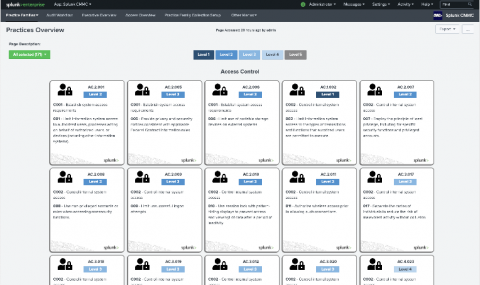Top Email Security Threats of 2020 - How To Stop Them
As hackers’ methods become more sophisticated, the scale of email security breaches and the frequency at which they occur grow greater with each passing year. In 2019 alone, an estimated 2 billion unique email addresses, accompanied by over 21 million unique passwords, were exposed within a single data breach.










